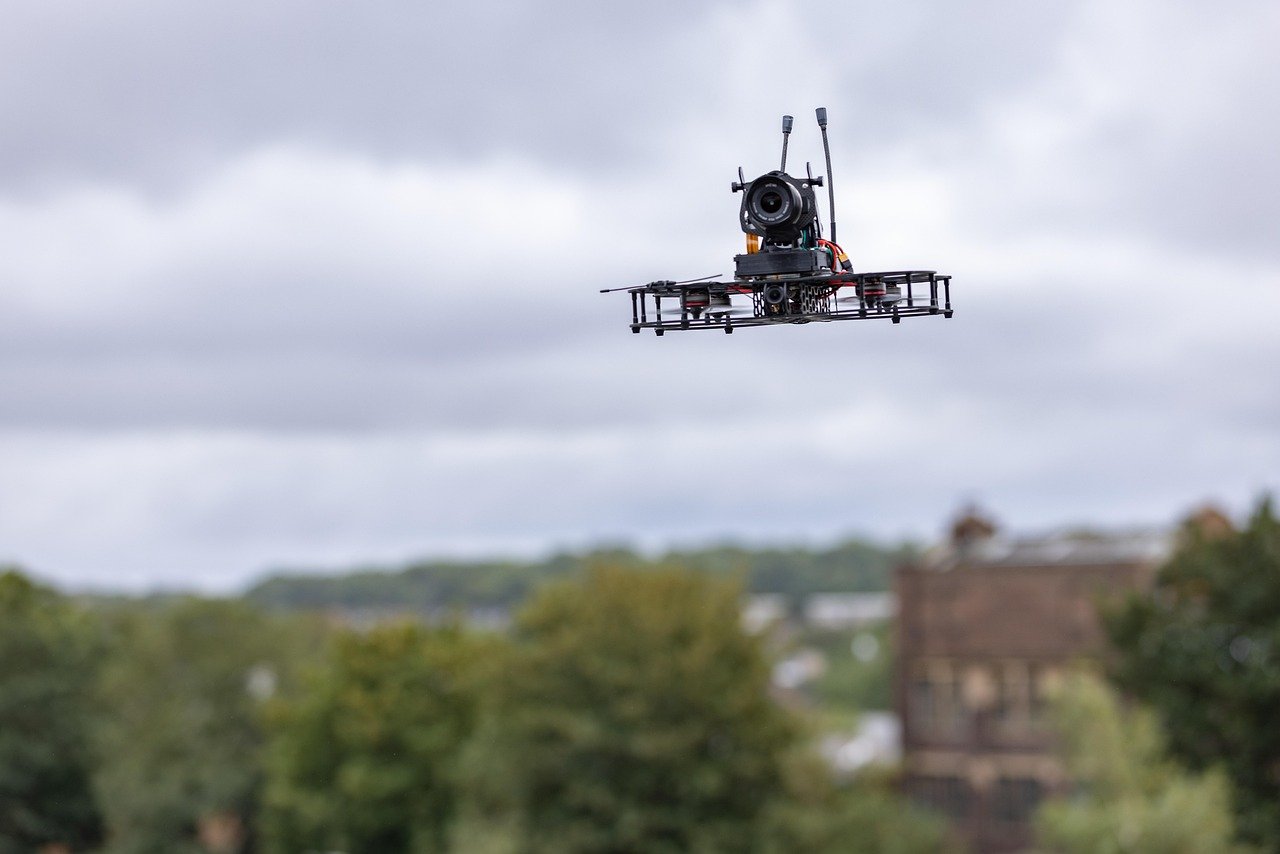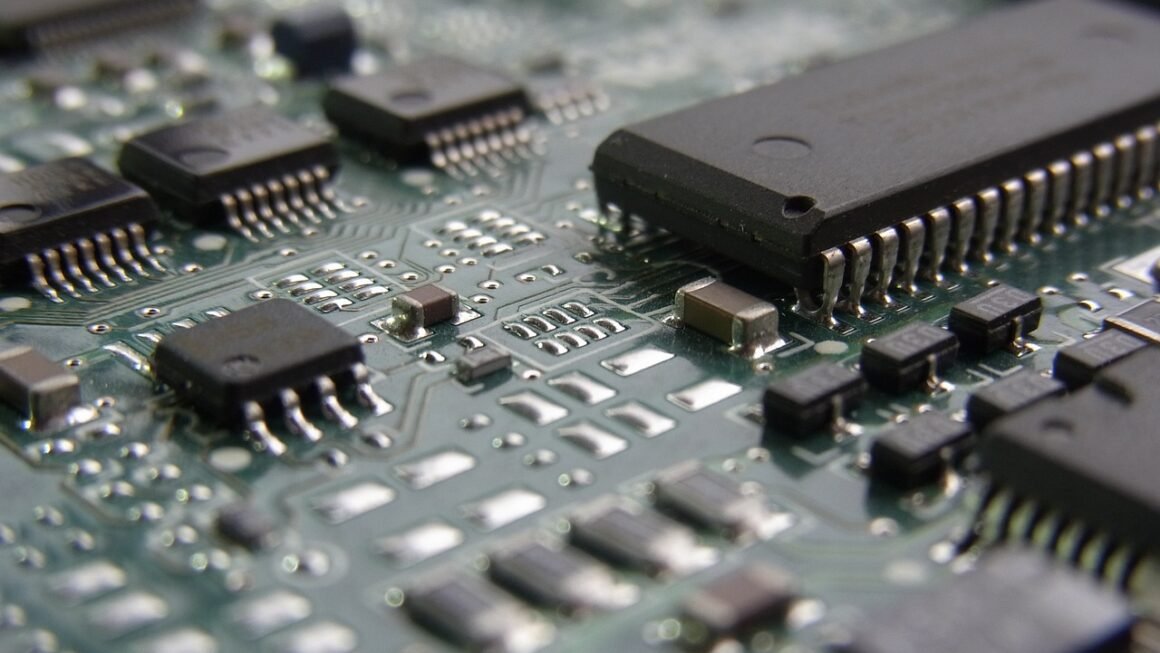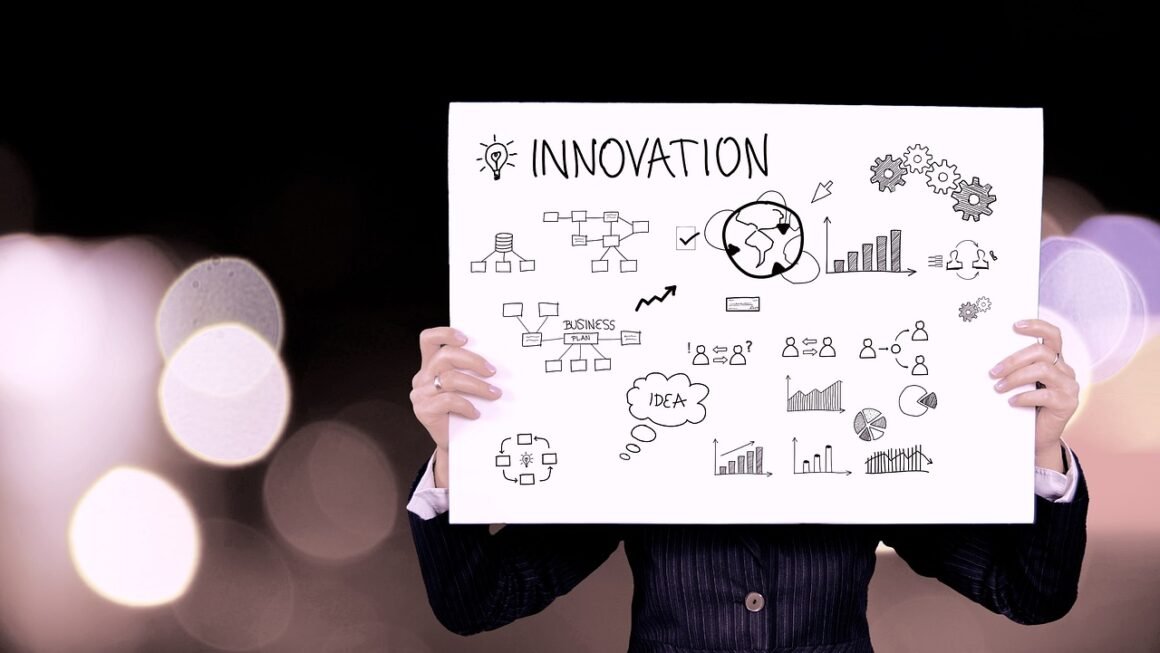AI is rapidly transforming various industries, and design is no exception. From automating mundane tasks to generating creative concepts, AI design tools are empowering designers to work smarter, faster, and more efficiently. This blog post delves into the world of AI-powered design, exploring the tools, benefits, and potential impact on the design landscape.
The Rise of AI Design Tools
What are AI Design Tools?
AI design tools leverage artificial intelligence, including machine learning and deep learning, to assist or automate design processes. They can analyze data, learn from design patterns, and generate design options based on specific criteria. These tools can range from simple plugins that automate repetitive tasks to sophisticated platforms that create entire design concepts from scratch.
Why are AI Design Tools Gaining Popularity?
Several factors contribute to the increasing popularity of AI design tools:
- Increased Efficiency: AI can automate time-consuming tasks, freeing up designers to focus on more creative and strategic aspects of their work.
- Data-Driven Design: AI algorithms can analyze vast amounts of data to identify trends and insights, leading to more informed design decisions.
- Accessibility: Some AI design tools are designed to be user-friendly, making design accessible to individuals without extensive design training.
- Cost-Effectiveness: Automating design processes can lead to significant cost savings for businesses.
- Enhanced Creativity: AI can generate novel design ideas and explore unconventional solutions, pushing creative boundaries.
Key Features and Capabilities of AI Design Tools
Automated Design Generation
One of the most compelling features of AI design tools is their ability to generate design options automatically. This can be particularly useful for tasks such as:
- Logo Design: Tools like Looka and Tailor Brands use AI to create logo designs based on user preferences and brand identity.
- Website Design: Platforms like Wix ADI and Bookmark AI can generate website layouts and designs based on user input and content.
- Marketing Materials: AI can generate social media graphics, email templates, and other marketing assets.
Example: Imagine needing a logo for a new coffee shop. Using Looka, you input your shop’s name, industry, desired colors, and preferred icons. The AI then generates dozens of logo options, allowing you to refine and customize the best fit.
Design Analysis and Optimization
AI can analyze existing designs to identify areas for improvement. This includes:
- Usability Testing: AI-powered tools can simulate user interactions and identify potential usability issues.
- A/B Testing: AI can automate A/B testing to determine which design variations perform best.
- Accessibility Audits: AI can identify accessibility issues and suggest solutions to ensure designs are inclusive.
Example: An e-commerce website can use AI to analyze user behavior and identify areas where users are dropping off. The AI can then suggest design changes to improve the user experience and increase conversion rates.
Content Creation and Curation
Beyond visual design, AI is also assisting with content creation and curation, which is essential for a well-rounded design:
- Image Generation: Tools like DALL-E 2 and Midjourney can generate realistic or surreal images from text prompts.
- Text Generation: AI writing tools can assist with writing website copy, social media posts, and other content.
- Content Curation: AI can analyze user preferences and curate relevant content for websites and social media feeds.
Example: A blogger could use Midjourney to create unique and eye-catching images for their blog posts, saving time and resources on photography or stock photos.
Practical Applications of AI in Design
Graphic Design
In graphic design, AI is used for:
- Image Enhancement: AI can upscale low-resolution images, remove unwanted objects, and enhance colors.
- Layout Design: AI can automate the layout of brochures, posters, and other printed materials.
- Color Palette Generation: AI can suggest color palettes based on brand identity and target audience.
Web Design
AI is revolutionizing web design through:
- Website Builders: AI-powered website builders like Wix ADI and Bookmark AI can create entire websites from scratch.
- Responsive Design: AI can automatically adapt website layouts to different screen sizes.
- User Interface (UI) Design: AI can assist with creating UI elements such as buttons, forms, and navigation menus.
Product Design
AI is also making strides in product design:
- Generative Design: AI can generate multiple design options for a product based on specific constraints and objectives.
- Prototyping: AI can create interactive prototypes of products to test usability and functionality.
- Material Selection: AI can help designers choose the best materials for a product based on its intended use and performance requirements.
Potential Challenges and Considerations
Ethical Concerns
As AI becomes more prevalent in design, it’s important to consider the ethical implications:
- Bias: AI algorithms can be biased based on the data they are trained on, leading to discriminatory designs.
- Job Displacement: There are concerns that AI could automate design jobs, leading to job losses.
- Authenticity: It can be challenging to distinguish between AI-generated designs and human-created designs, raising questions about authenticity and originality.
Data Privacy and Security
AI design tools often require access to large amounts of data, raising concerns about data privacy and security. It’s important to choose tools that prioritize data protection and comply with relevant regulations.
The Human Element
While AI can automate many design tasks, it’s important to remember that design is ultimately a human-centered activity. AI should be used as a tool to augment human creativity, not replace it entirely. The best designs often arise from a combination of human insight and AI-powered automation.
Conclusion
AI design tools are transforming the design landscape, offering designers new ways to work more efficiently, creatively, and strategically. By automating mundane tasks, analyzing data, and generating design options, AI is empowering designers to focus on the more strategic and creative aspects of their work. While there are challenges and considerations to keep in mind, the potential benefits of AI in design are undeniable. As AI technology continues to evolve, we can expect to see even more innovative and powerful design tools emerge, further blurring the lines between human and artificial intelligence in the creative process.




